24 October 2025
Let’s face it—technology isn’t just shaping the future anymore, it’s writing our daily lives in real time. One of the most incredible areas it’s impacting? Education. And not just for the “average” student, but for students who’ve historically been left behind: those with disabilities.
Now, imagine a world where every student—regardless of physical or cognitive challenges—can learn to code, create apps, launch websites, or build the next big thing in tech. Sounds awesome, right?
That world isn’t just possible—it’s becoming real. It’s time we talk about coding for students with disabilities and how, together, we're smashing through barriers that once seemed impossible.
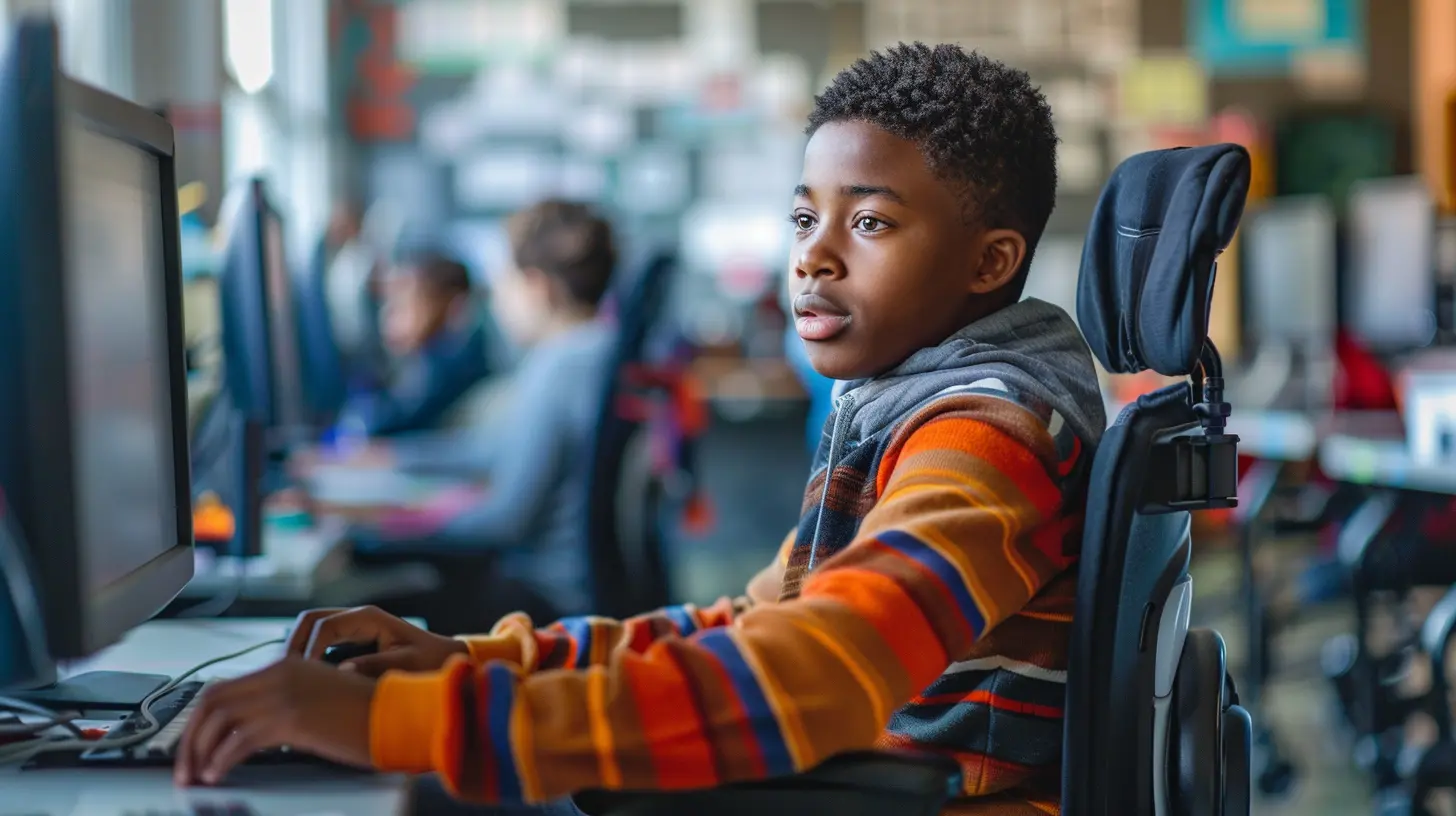
Why Coding Matters for Everyone
Before we dive into the "how," let’s talk about the "why."Technology is the language of the future. Coding is no longer just for computer geeks. From medicine to marketing and everything in between, digital skills are in high demand. So why should any student be left out just because they navigate the world a bit differently?
Coding teaches crucial life skills too—problem-solving, logic, perseverance, and creativity. It’s not just about writing good code; it’s about thinking differently. And who better to bring unique thinking to the table than students who already experience the world from a different lens?
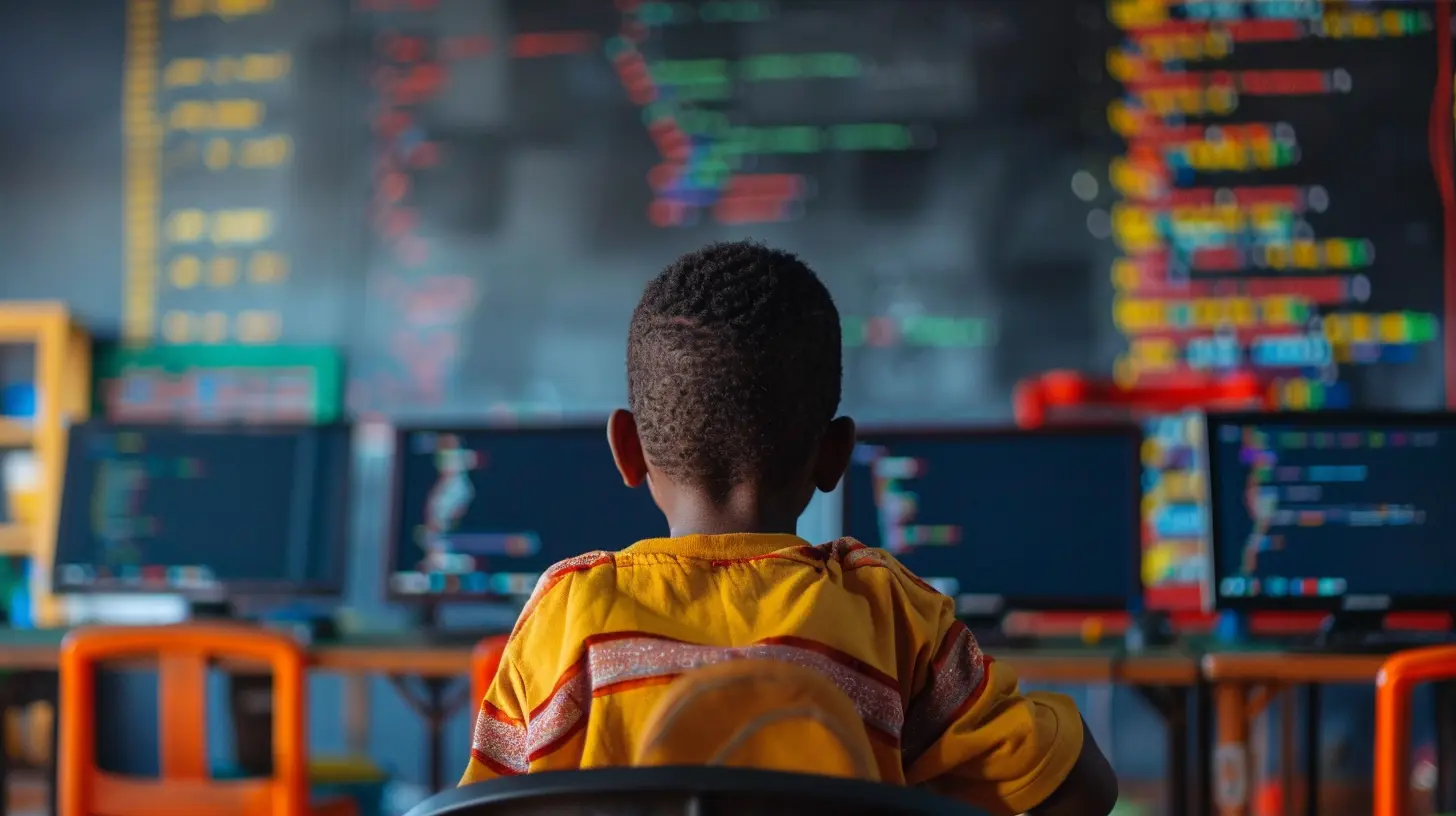
The Barriers Students with Disabilities Face in Tech
Truth time: the tech world hasn't always been the most welcoming space for people with disabilities.1. Physical Accessibility Challenges
Many traditional classrooms and even online platforms often don’t cater to physical disabilities. Think of a coding interface that can’t be navigated via a screen reader or requires precise mouse movements—not much help for someone with limited mobility or vision.2. Cognitive and Neurodiversity Hurdles
Students with autism, ADHD, or learning disabilities may face challenges with traditional teaching methods or linear thinking patterns. Rigid curriculum structures and lack of personalized guidance often make coding feel more like a wall than a welcome mat.3. Lack of Inclusive Tools and Materials
It’s not just about having a computer. How accessible are the tools? Are coding environments designed with universal design in mind? Or do they assume every learner processes information the same way?4. Social and Attitudinal Barriers
Let’s not ignore one of the sneakiest barriers—the attitude that coding is only for the “gifted” or “tech-savvy.” These stereotypes can discourage both students and their caretakers from even trying.But here’s the good news: we’re changing all that—one student, one tool, one line of code at a time.
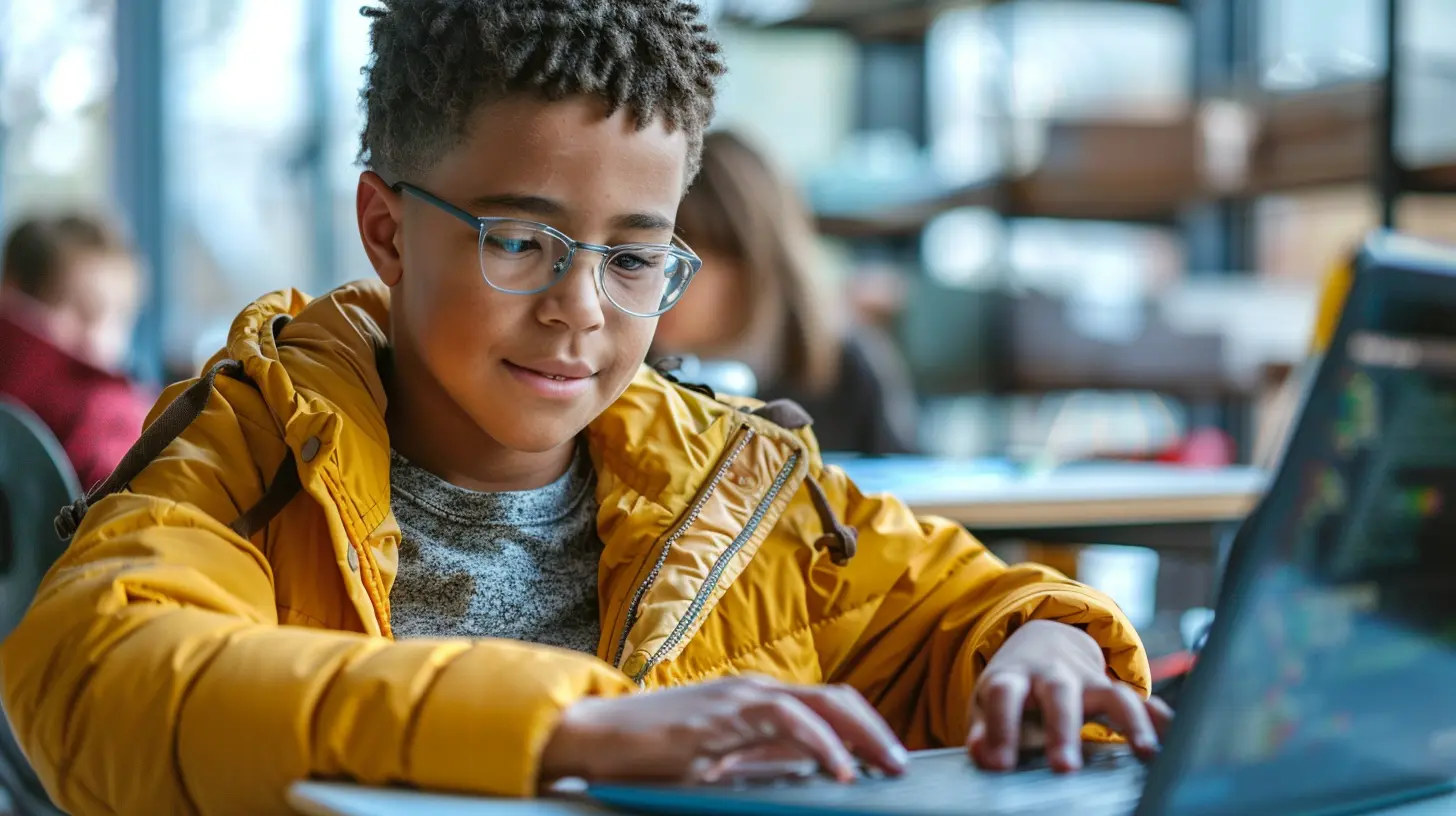
Making Coding Accessible: Tools, Techniques, and Technologies
So how do we break those barriers down? Luckily, we’re not starting from scratch. There are tons of tools and strategies that make coding more inclusive and accessible.1. Using Assistive Technology
Assistive technologies are like superpowers for students with disabilities. For example:- Screen readers: Help blind and visually impaired students navigate code editors and online lessons.
- Voice command tools: Allow students with motor impairments to give commands without using a keyboard or mouse.
- Switch devices: Enable students with physical challenges to interact with programs using customized switches.
- Eye-tracking software: Opens up navigation using just eye movements—how cool is that?
2. Accessible Coding Platforms
Today, we’ve got some amazing platforms designed with universal access in mind:- Code Jumper: A physical coding kit for visually impaired students that uses tactile hardware instead of screens.
- Quorum Language: A programming language created to be readable by screen readers from the ground up.
- Scratch: With modifications, it works well for kids with learning difficulties. It’s visual, drag-and-drop, and has huge community support.
- Blockly: Google’s visual programming tool is beginner-friendly and supports inclusive design principles.
These tools don’t just work around disabilities—they embrace them.
3. Customized Teaching Methods
Teaching coding isn’t a one-size-fits-all game. And that’s a good thing!Here are some simple but powerful strategies educators and parents are using:
- Chunking lessons: Breaking content into manageable pieces helps students who struggle with attention or memory.
- Multi-sensory learning: Combining visual, auditory, and kinesthetic elements can make lessons resonate with different learners.
- Real-world connections: Make lessons relevant! Kids are more engaged when they see how coding relates to their interests.
- Flexible pacing: Some students need more time, and that’s okay. The point is progress, not perfection.
4. Peer Support and Mentorship Programs
You know what makes learning coding easier? Not feeling alone.Peer mentorship programs and inclusive coding clubs allow students to work together, share experiences, and celebrate small wins. When students with disabilities see others like themselves thriving in tech, it sparks a powerful motivation.
There’s magic in community—and the tech world is finally waking up to that.
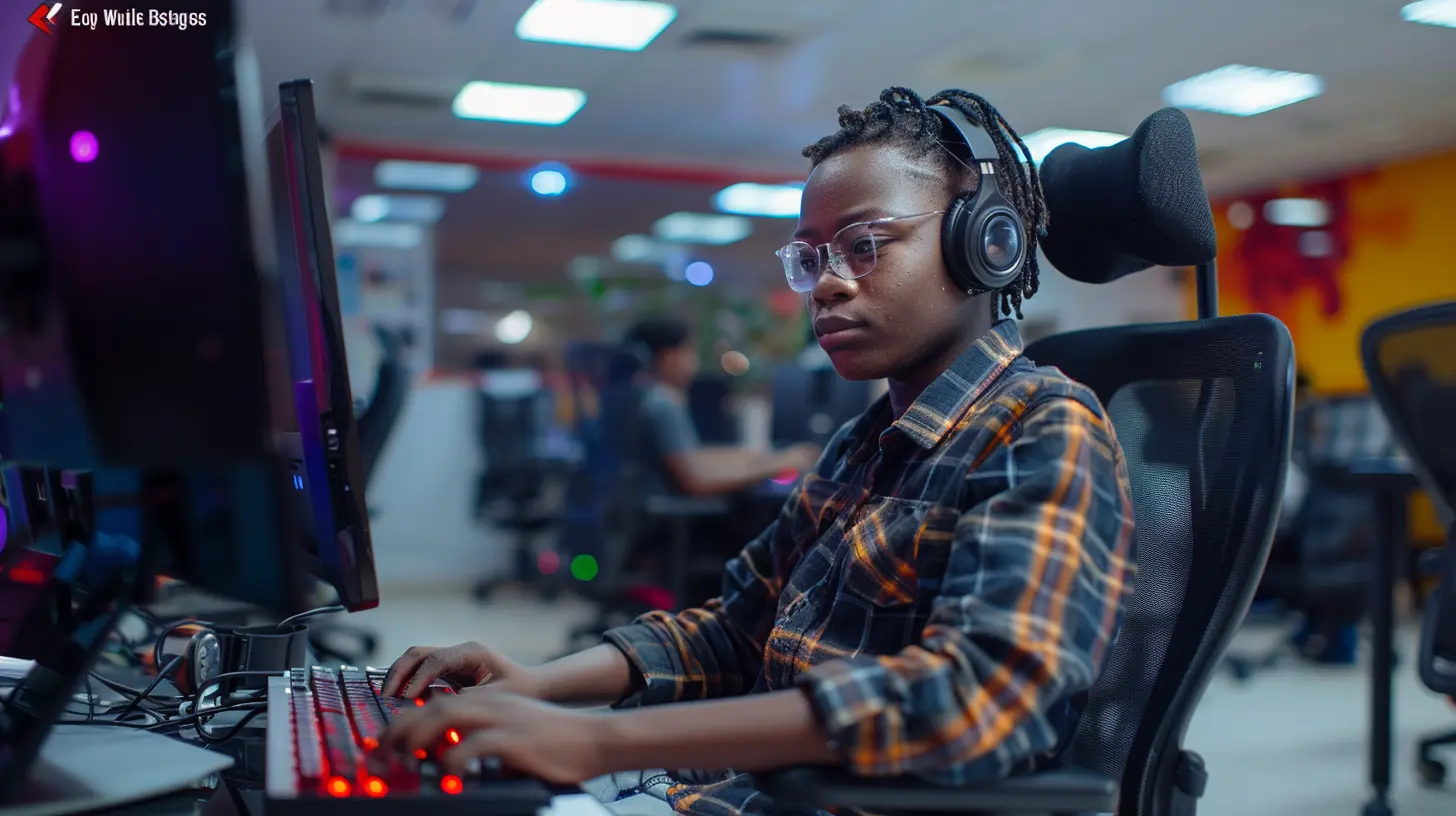
Stories That Inspire: Real Students, Real Impact
Want proof that this works? Meet a few trailblazers changing the game.- Aarav, 14, who has cerebral palsy, created an app to help non-verbal kids communicate using basic symbols. He used a custom software environment with switch-accessibility and voice support.
- Zoey, 16, who is on the autism spectrum, learned Python through a visual coding platform. She now tutors younger students in HTML and CSS through her school’s tech club.
- Jake, 12, who is blind, builds simple games using Quorum and competes in national coding competitions.
These students aren’t defined by their disabilities—they’re defined by their determination and brilliance.
The Role of Educators and Parents
It’s impossible to talk about progress without acknowledging the role educators and families play. You don’t need to be a tech expert to support these kids. What you really need? Curiosity, compassion, and a willingness to adapt.Here’s how teachers and parents can make a big difference:
- Advocate for accessibility in school tech budgets and curriculum.
- Expose children early to coding with toys, games, and apps designed for accessibility.
- Celebrate small wins, because confidence is the real foundation of learning.
- Keep learning yourself. The more you understand the tools and strategies available, the more empowered you’ll be to guide your child or student.
Building a More Inclusive Tech Future
Let’s dream big for a second. Imagine what the tech world would look like if inclusivity wasn’t an afterthought. What if accessible coding education was just...coding education? No qualifiers. No compromises.We’d have richer ideas, smarter companies, and a digital world that actually reflected the diversity of its users. Tech would finally live up to its promise—to be a tool for everyone.
But here’s the catch: dreams don’t build themselves. We’ve got to do the work.
Taking Action: What You Can Do Starting Today
Ready to be part of the change? Here's how you can help make coding more accessible for students with disabilities:- Start conversations in your school or online communities about inclusive STEM education.
- Support inclusive coding initiatives with donations, volunteering, or spreading awareness.
- Encourage students who show interest in tech—no matter their limitations—with positive reinforcement and access to the right tools.
- Push for policy changes that encourage funding and teacher training in accessible ed-tech.
Whether you’re a teacher, parent, coder, or just someone who cares, your voice matters.
Final Thoughts
Breaking down barriers in coding for students with disabilities isn't just about leveling the playing field—it’s about redesigning the field entirely. It’s about making sure no one is left on the sidelines in a world driven by technology.We’re not just teaching kids to code. We’re teaching them that they belong. That their minds, perspectives, and voices matter in the digital revolution.
Because when everyone gets to participate, we create solutions that work better for everyone.
So, are you ready to help make the tech world more accessible, inclusive, and awesome?
Let’s start coding that future—together.


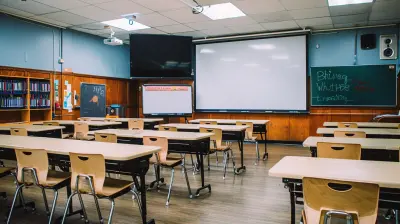
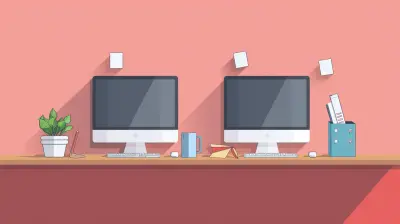
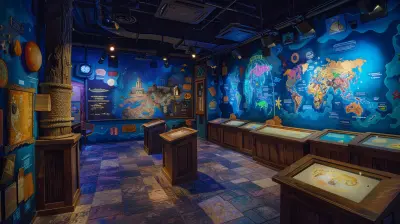



Vienna Duke
Code like a pro, barriers are just speed bumps!
December 9, 2025 at 4:42 AM